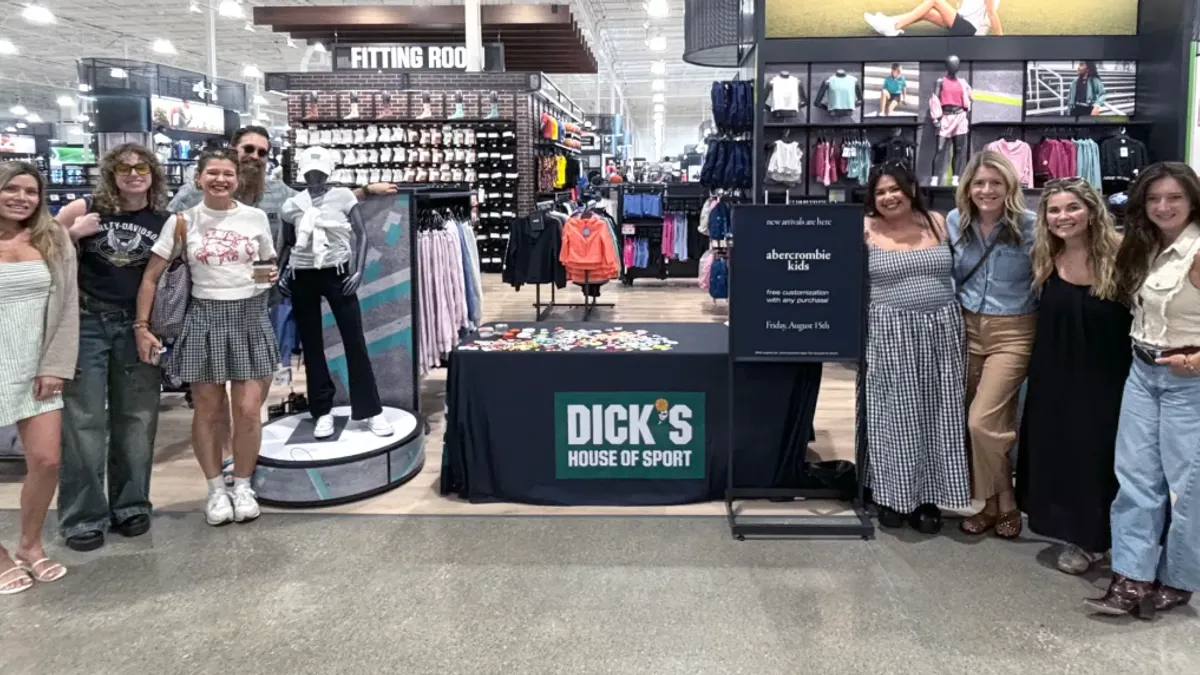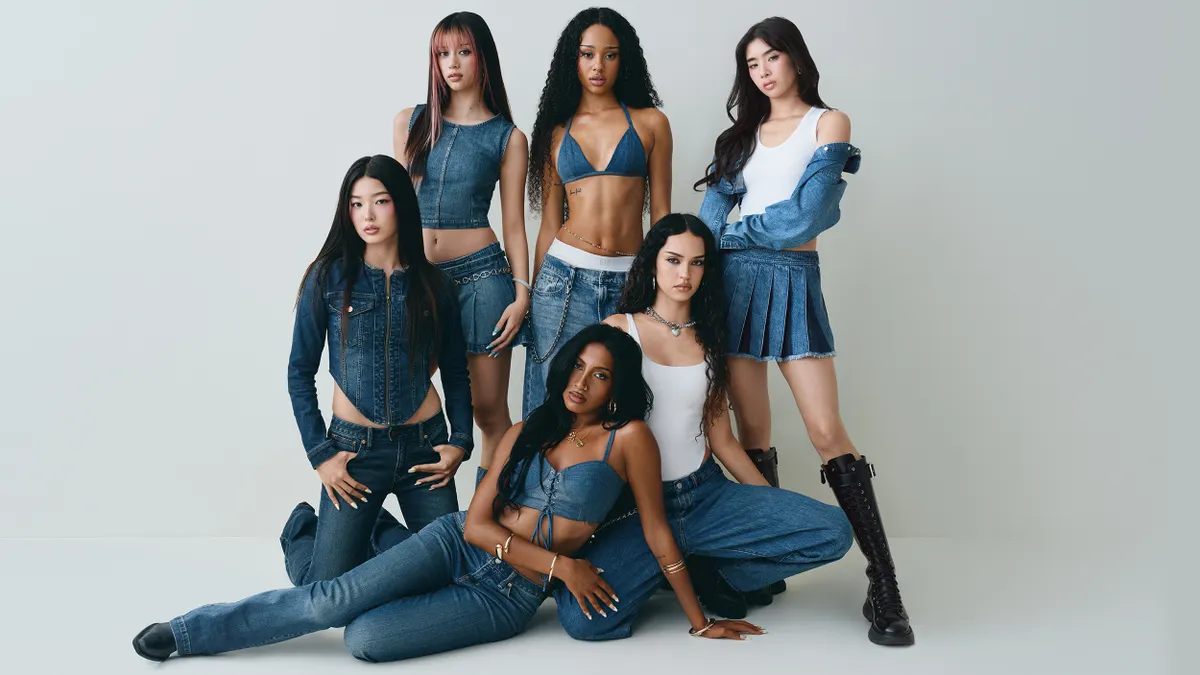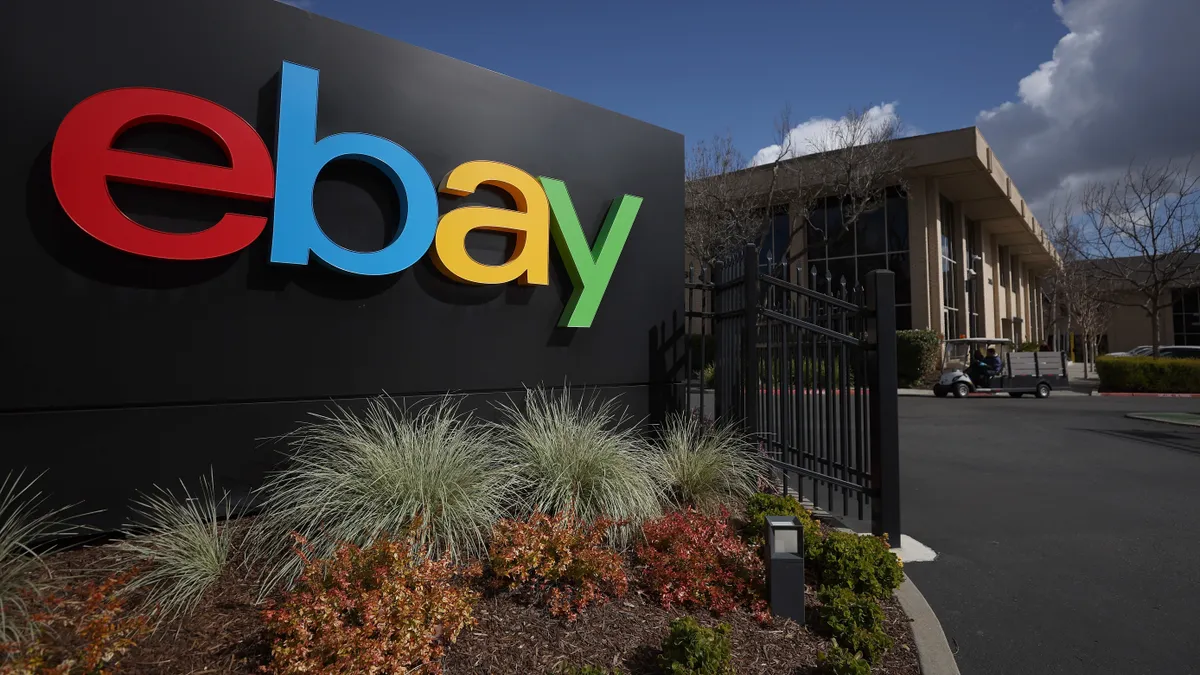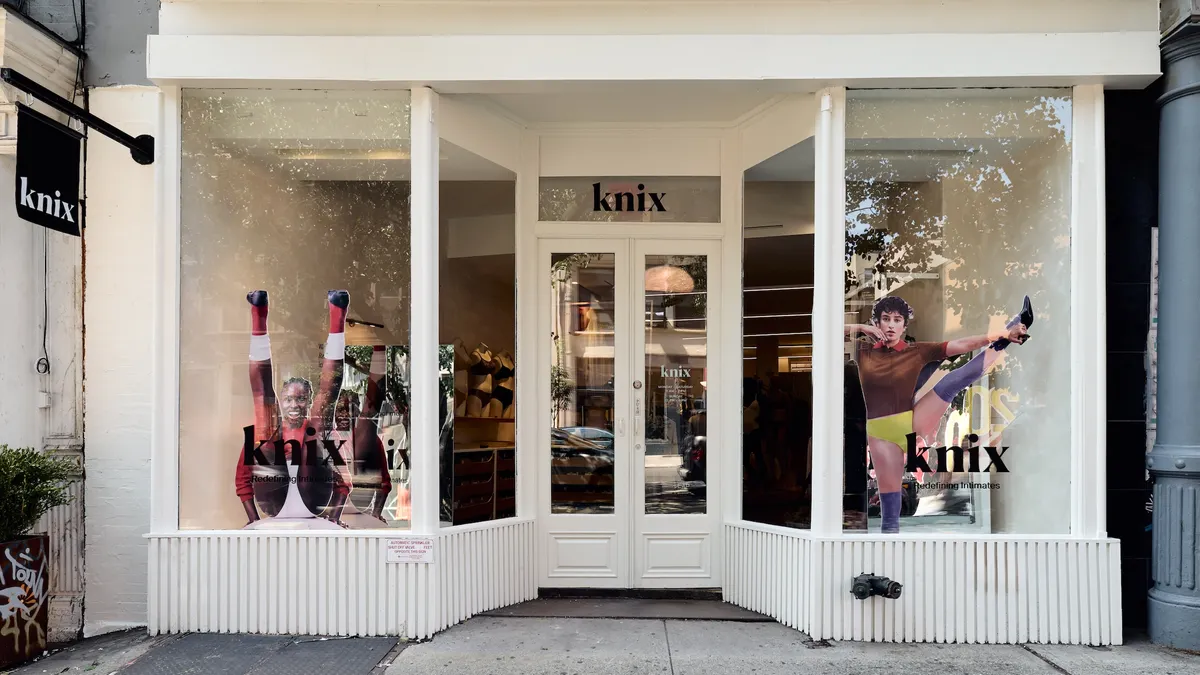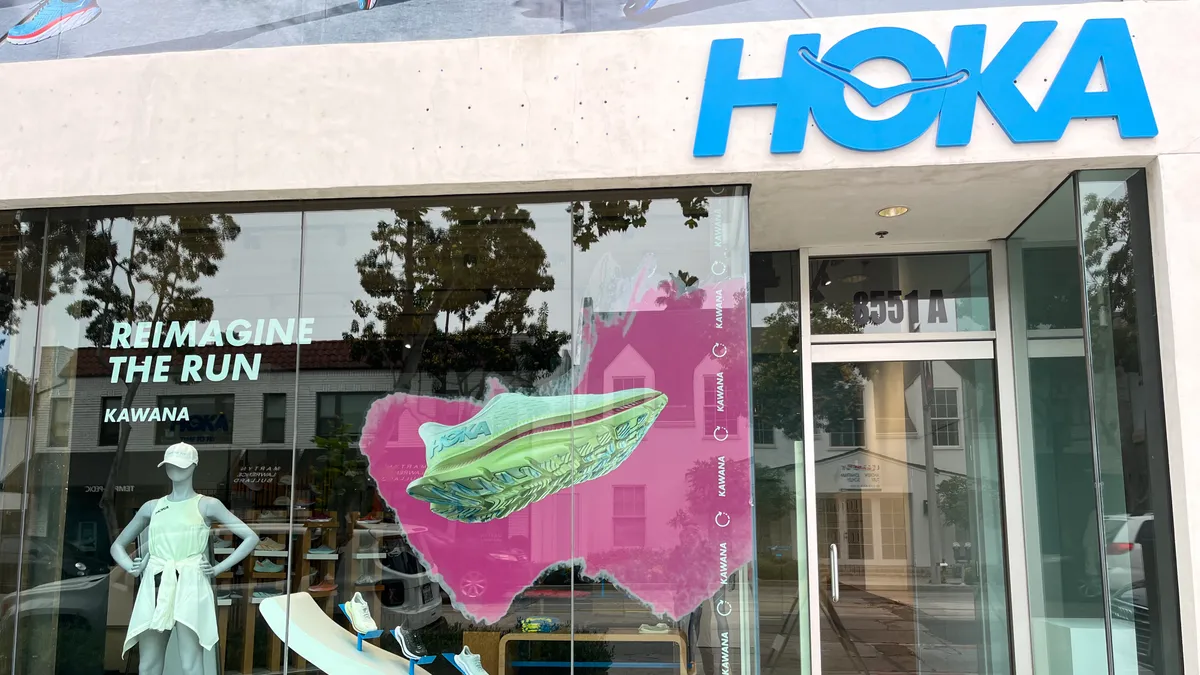In 2019, Sephora opened 110 stores. Not in North America: globally. About a third of those — 35 — were opened in the United States. The beauty retailer currently operates in 34 countries, according to its website.
So the recent announcement that Sephora has plans to open 100 stores in North America in 2020 alone — approximately 90 of which will be in the United States, the rest in Canada — is a marked uptick from its previous rate.
The announcement also comes at a time when many retailers are scaling back footprints and the broader retail industry in the U.S. is over-stored. "We all know that retail square footage in the U.S. is by far overshooting the population, so they're obviously stretching in a place where the window is limited," Andrea Szasz, a principal in the consumer and retail practice at Kearney, said in an interview.
However, Szasz says, Sephora has also picked up on three trends with their expansion that put them in a good place, notably: growth outside of malls, smaller formats, and a focus on skin care and hair care.
Worldwide, Sephora operates over 1,900 stores, per parent company LVMH's 2019 financial documents. In the Americas alone, the retailer has over 490, making this recent expansion about a 20% increase to its store fleet. In January, seven of the new stores opened, and they'll be opening across all four quarters, according to Jeff Gaul, senior vice president of real estate and store development at Sephora.
But unlike its current fleet of primarily mall-based stores, which includes several hundreds of J.C. Penney shop-in-shop locations, the next 100 in North America are focused around more local and neighborhood geographies. While its mall stores perform well, Sephora executives felt they were missing out on offering more convenient locations.
"What we really saw was this trend toward our client and most shoppers of any age really wanting to focus on being able to shop in their neighborhood," Gaul told Retail Dive in an interview.
That led to efforts to move Sephora into the path of their customers' day-to-day lives. "It's the place that they get pizza on Friday night, it's the place they do takeout Chinese, where they go to SoulCycle or where they go to work out, their drug store, their Whole Foods. That was really important to us."
Not abandoning the mall, but growing beyond it
In finding those opportunities, Gaul said executives looked to its Beauty Insider loyalty program for data on where customers were living and shopping, as well as demographic and census data, to help determine markets that were growing and areas where Sephora might be underpenetrated. The resulting list includes more than 75 cities, and locations ranging from power centers and strip malls to lifestyle centers and street locations.
That includes doubling down on cities with high growth and low penetration; Nashville, for example, will have three new Sephora locations as a result of the expansion.
The new strategy also puts Sephora in some of the same geographies that beauty rivals like Ulta and Bluemercury prefer, previously a differentiator for Ulta, which opened about 100 stores a year from 2012 to 2018 and favors power center locations.
To Szasz, Sephora has two main options: The retailer can either choose smaller geographies where Ulta and other players don't already have a presence, which risks not creating enough traffic to support their new stores, or it can consciously open in areas where players are already established in some capacity, which will put them in direct competition more frequently.
"I do think that they would probably go head to head and that is a risk on both ends honestly," Szasz said of Sephora and Ulta. "I do think that the key probably will be in execution."
Asked if he is concerned at all about that, Gaul said they "never shy away from competition" and pointed to several factors that differentiate Sephora, including its private label.
"We believe that we are the best in prestige beauty across North America, but truly, honestly across the globe," he said. "We know that we have the most amazing, innovative, hot, fresh new product. We know that we bring technology to make it easier for our client to engage and learn about our product. And we know that our people really make the difference."
Still, the geographies of Sephora and Ulta, specifically, are likely to overlap much more in these next 100 stores than in the rest of Sephora's North American fleet, as the beauty company looks to diversify its base. Gaul said the retailer looked at a wide variety of locations, from "a strip center with Target or Costco" to "a lifestyle center that has an Apple and Williams Sonoma." They might be "grocery-anchored, big-box anchored" or have no anchor at all.
The ultimate goal is to have a diverse fleet, and that doesn't mean abandoning the mall or — perhaps more importantly — abandoning J.C. Penney, where Sephora has over 600 shop-in-shops.
"We were looking at growing our business," Gaul said. "It's not about shifting away from any of our other channels. There is not a situation where we're saying, 'We're leaving this.' We love that business, we love that client and we're going to continue to support that."
The expansion does, however, show that Sephora is keeping up with industry trends in building out an omnichannel business and expanding beyond the mall, where foot traffic is in decline, according to Erin Schmidt, beauty industry analyst at Coresight Research.
"It may put the company more directly into competition with the major players, but it also shows Sephora is keeping ahead of trends in online to offline shopping in selecting locations for its brick and mortar stores that are destinations in their own right," she said in emailed comments to Retail Dive.
A new version of Sephora, but not a B version
Planning out Sephora's big expansion took roughly nine months, start to finish, according to Gaul, and that included reimagining the store design to fit a smaller, 4,000-square-foot format; researching geographies; and finding leases for the new stores.
The result is a different Sephora, but not really.
Flexible fixtures allow for the company to make merchandise changes based on shifting trends, which means skin care and hair care are featured at the front right now, as cosmetics runs through a downcycle, but the assortment could easily shift as one becomes more or less popular.
Highlighting those segments right now is important, and shows that Sephora is "moving in the right direction," according to Szasz. But it also brings challenges of its own.
"I think that there is a question there … of whether the consumer is ready to believe in Sephora over Ulta in those categories," Szasz said, noting that Sephora has been a "category killer" of sorts in makeup, but not the same way in skin care and hair care.
Notably, localizing the merchandise assortment is not high on the list of changes.
"If localization is not the game, then what is it?"

Andrea Szasz
Principal in the Consumer and Retail Practice at Kearney
Gaul said Sephora avoided "each store being a snowflake" because it takes away from the customer's experience of the store as a "beauty wonderland" and ultimately, they didn't want the smaller stores to be noticeably different from a regular Sephora. Instead, the retailer has made changes on the back end to better support the smaller format, including downsizing backup house operations and being more efficient with delivery.
"That allowed us to instead be able to dedicate more sales floor because that's really what the client wants," Gaul said about the operating changes. "They don't really care that we have 6,000 square feet in the back that is a little mini warehouse, they just want to know that, 'Hey, my favorite Drunk Elephant cleanser is right here and I can come in and grab it — it's always in stock.'"
Another thing that opened up space for the retailer was combining its skin care and beauty services into one Sephora Studio (they are usually separated in stores).
"We didn't want to create a B version," Gaul said of Sephora's journey creating the new, smaller format.
While being able to provide the same products and services as a regular Sephora in a smaller format is surely an accomplishment, Szasz questions whether it makes the most sense for this kind of an expansion.
"If localization is not the game, then what is it?" she said, highlighting Sephora's online dominance and the data it has access to as a result, which could help the retailer form a more localized strategy and differentiate.
"If it was just a convenience play, then beauty would have been already potentially a more successful game at the convenience players, like it could be for retail pharmacy," Szasz said. "But it's not necessarily that."
Correction: This article has been updated to reflect a more detailed title for Jeff Gaul. He is the senior vice president of real estate and store development at Sephora.









